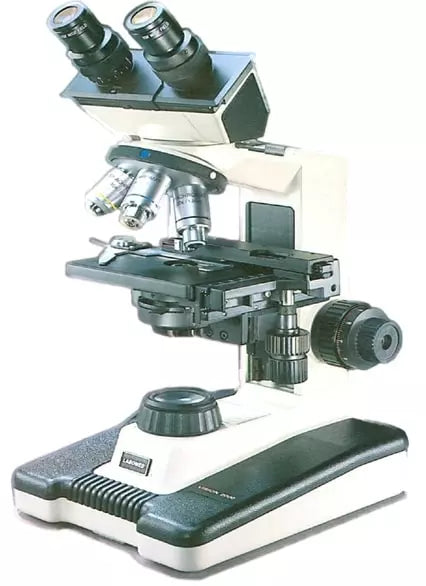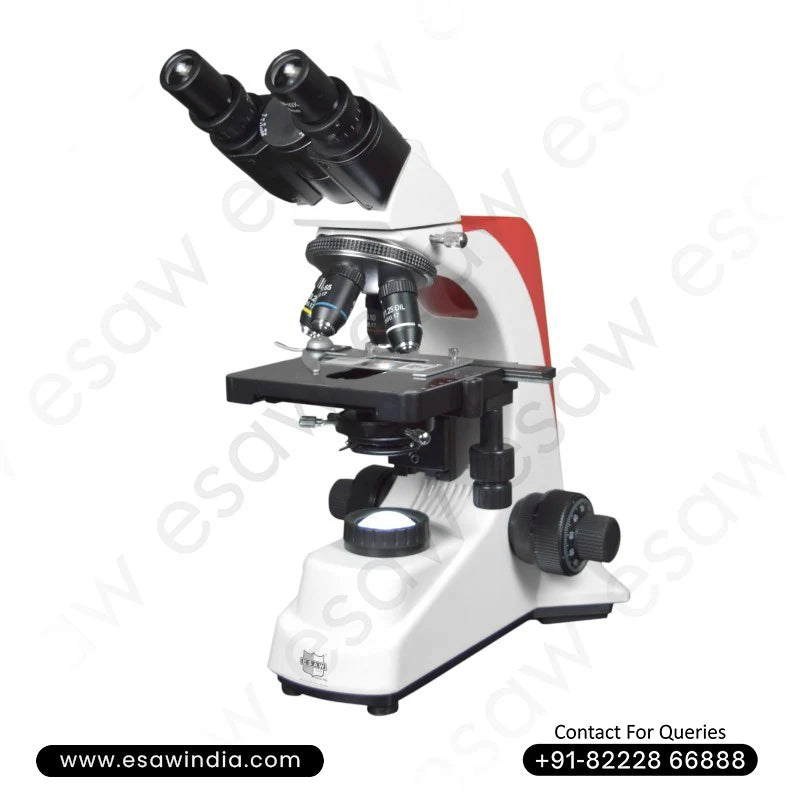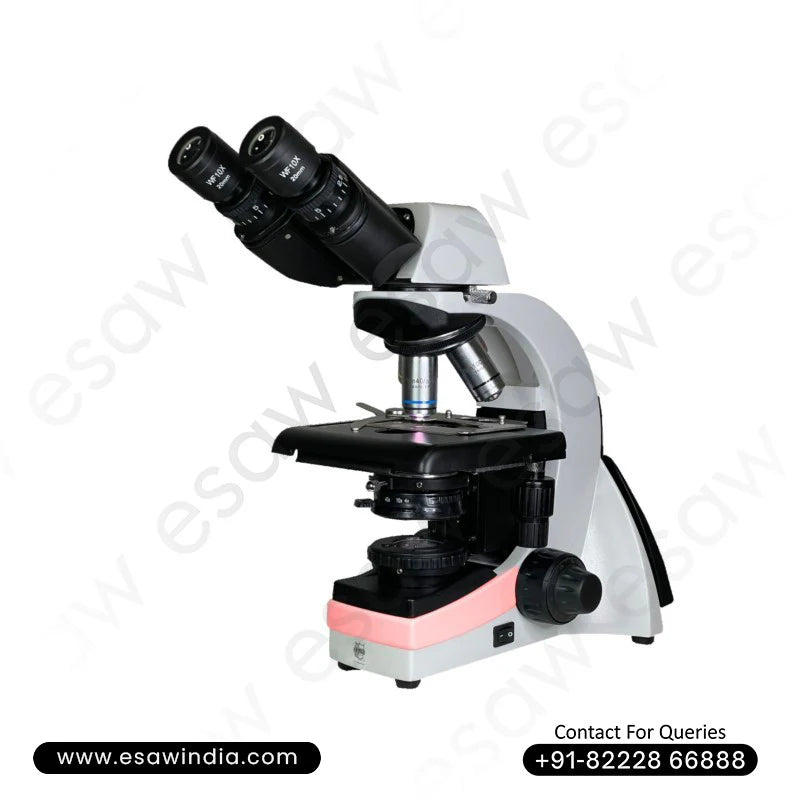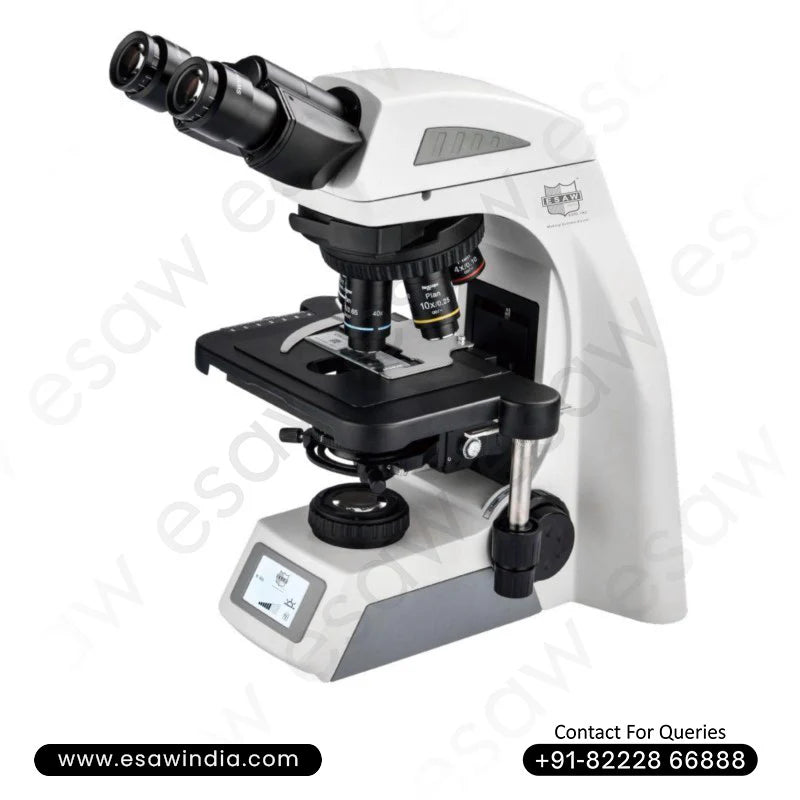The Olympus CKX53 is a compact, ergonomic inverted microscope designed for efficient cell culture, live-cell observation, cell sampling, image capture, and optional fluorescence. Ideal for students, schools and colleges, science and chemistry labs, nursing/medical/engineering colleges, industrial R&D, and research centres, it delivers export-quality performance from India, making it a top pick for institutions wishing to buy CKX53 in bulk as affordable cell culture equipment. Recognized as one of the best microscopes for students, it effortlessly adapts for global labs in Africa, Asia, Europe, and the USA, offering advanced functionality without taking up clean bench space.
Technical Specifications
(preserved format)
| Dimensions (W × D × H) | 200 × 498 × 454 mm (optics-pro.com) |
| Weight | Approx. 6.9 kg |
| Optical system | UIS2 universal infinity-corrected |
| Focus stroke | 20 mm (up to 18.5 mm from stage); coarse 36.8 mm/rev, fine 0.2 mm/rev |
| Stage | Plain 200 × 252 mm with optional mechanical XY 110 × 74 mm; accommodates microplates, flasks up to 190 mm height |
| Illumination | 4000 K LED, <4 W; Kohler with filter holder |
| Phase contrast | Pre-centered iPC for 4×, 10×, 20×, 40×; inversion contrast (IVC) technique |
| Condenser | NA 0.3, WD 72 mm; detachable for tall flasks |
| Observation tube | Fixed trinocular, 45° incline; interpupillary 48–75 mm; eyepiece/camera 100/0 or 0/100 |
| Eyepiece | 10×, FN 22 |
| Fluorescence | Optional 100 W Hg lamp, 3-slot mirror slider, Umbra Shield, filter compatibility |
| Power | AC 100–240 V, 50/60 Hz; <4 W |
| Objectives (examples) | PLN2×, PLCN4×, PLCN10×, UPLFLN4×IPC, CACHN10×IPC, LCACHN20/40×IPC |
| Catalog Number | CKX53 |
| Quantity per case | 1 Unit |
Use Case Scenarios
-
Students & Schools: Observe live cells, tissues, and microbial cultures in petri dishes or microplates; excellent for lab training and certification courses.
-
Chemistry & Science Labs: Track crystallization, reagent reactions, and solution behaviors in real time.
-
Nursing/Medical/Engineering Colleges: Ideal for histology, cytology, and tissue engineering demonstrations.
-
Industrial & Research Centres: Suitable for QC sampling, biomanufacturing monitoring, stem‑cell and organoid research, or pharma testing.





